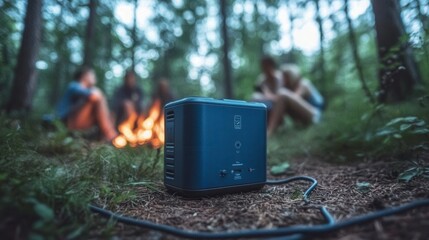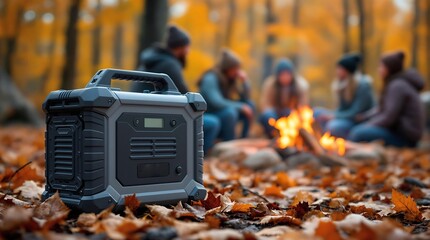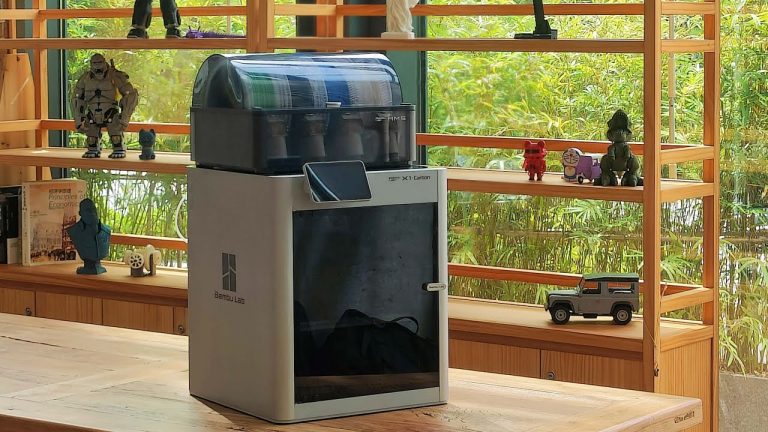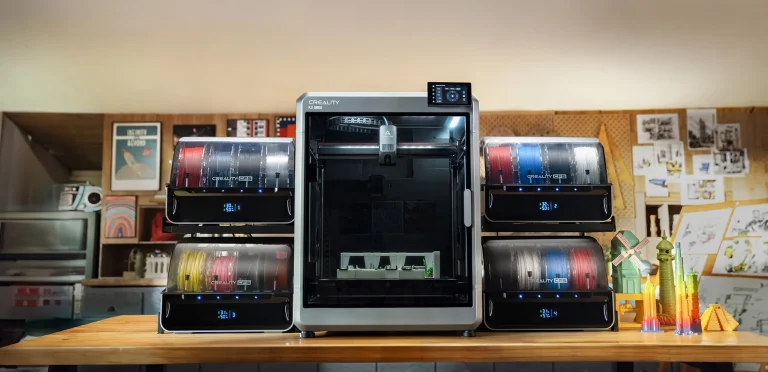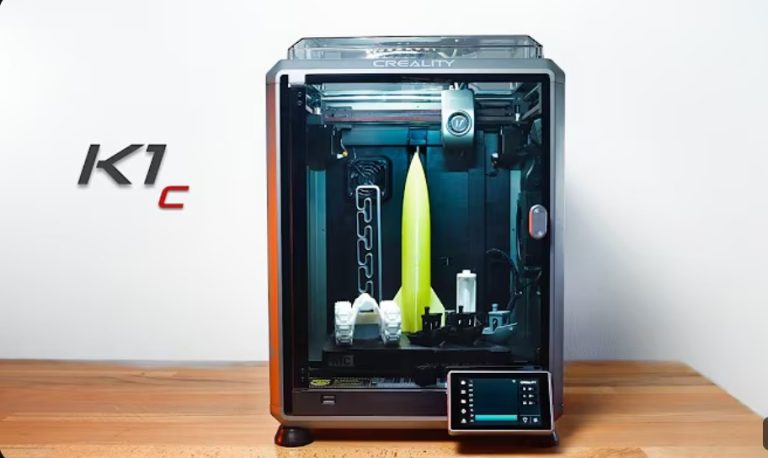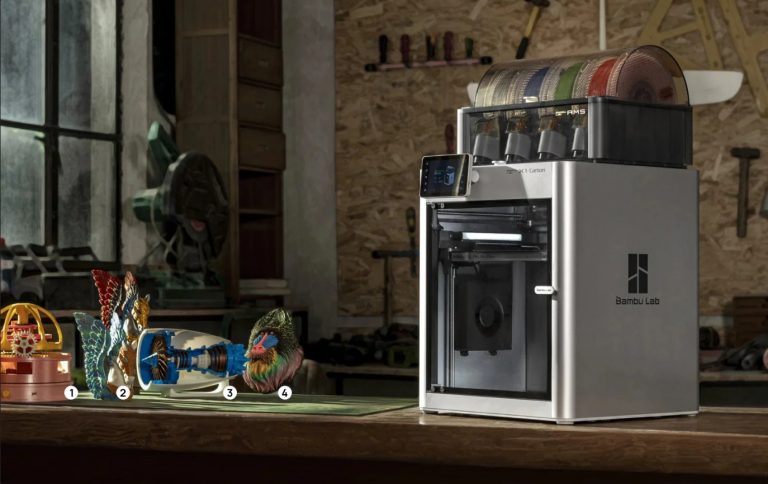
In the booming world of portable power stations, two names consistently dominate the conversation: Jackery and EcoFlow. Whether you’re a weekend camper, a digital nomad, or someone preparing for unexpected blackouts, choosing the right power station is crucial. Today, we’re putting two heavyweights head-to-head: Jackery Explorer 1000 V2 vs EcoFlow Delta 2.
Which one delivers more value? Which charges faster? Which is better for your solar setup? Read on to discover the ultimate winner.
Table of Contents
- Overview: Jackery Explorer 1000 V2 and EcoFlow Delta 2
- Technical Specifications Compared
- Battery Capacity and Performance
- Charging Speed and Input Options
- Port Selection and Output Power
- Weight, Size, and Portability
- Solar Charging Compatibility
- App Control and Smart Features
- Durability and Build Quality
- Real-World Use Cases
- Price and Value for Money
- Pros and Cons Summary
- Final Verdict: Which One Should You Buy?
1. Overview: What Are These Power Stations?
Before diving into specs and features, here’s a quick intro to each device.
Jackery Explorer 1000 V2
The Jackery Explorer 1000 V2 is a recent upgrade to one of the most popular models in the Jackery lineup. Known for its user-friendly design, clean interface, and excellent brand reliability, the 1000 V2 aims to balance power with portability.
EcoFlow Delta 2
The EcoFlow Delta 2 is a next-gen powerhouse, featuring ultra-fast charging, app integration, and expandable capacity. It caters to users who need a blend of performance and smart control.
2. Technical Specifications Compared
| Feature | Jackery Explorer 1000 V2 | EcoFlow Delta 2 |
|---|---|---|
| Battery Capacity | 1,264Wh (LiFePO4) | 1,024Wh (LFP) |
| Rated Output | 1,500W (3,000W peak) | 1,800W (2,700W peak) |
| Weight | 24.2 lbs (11 kg) | 27 lbs (12.2 kg) |
| Charging Time (AC) | ~1.7 hours (Turbo Charging) | ~80 minutes (0–100%) |
| Solar Input | Up to 400W | Up to 500W |
| Battery Lifecycle | 4,000+ cycles | 3,000+ cycles |
| App Control | No | Yes (via EcoFlow app) |
3. Battery Capacity and Performance
On paper, the Jackery 1000 V2 boasts 1,264Wh, compared to the Delta 2’s 1,024Wh. That means slightly more energy storage in the Jackery—but there’s more to the story.
- Jackery prioritizes capacity and long cycle life.
- EcoFlow prioritizes speed, smart features, and expandability.
Verdict: If you value raw storage and lifespan, Jackery wins this round.
4. Charging Speed and Input Options
This is where EcoFlow absolutely dominates.
- The Delta 2 charges from 0 to 100% in just 80 minutes, thanks to X-Stream fast charging.
- Jackery’s 1000 V2 charges fully in around 1.7 hours, still very fast but not on the same level.
Solar Input:
- Delta 2 accepts up to 500W of solar input.
- Jackery maxes out at 400W.
Verdict: EcoFlow wins for faster AC charging and better solar input compatibility.
5. Port Selection and Output Power
Jackery 1000 V2
- 2× AC outlets (pure sine wave)
- 2× USB-A, 2× USB-C
- 1× carport
EcoFlow Delta 2
- 6× AC outlets
- 2× USB-A, 2× USB-C (100W PD!)
- 1× carport
- Smart app control to monitor port usage
Verdict: EcoFlow Delta 2 wins with more ports, more power, and higher flexibility.
6. Weight, Size, and Portability
Jackery takes a slight edge in this department.
- Jackery: 24.2 lbs
- EcoFlow: 27 lbs
If every pound matters—like for solo campers or hikers—the Jackery is easier to lug around.
Verdict: Jackery wins for portability.
7. Solar Charging Compatibility
Both brands sell their own proprietary solar panels:
- Jackery’s SolarSaga panels
- EcoFlow’s 220W Bifacial or 160W panels
The Delta 2 offers more third-party panel compatibility, which is great for DIY solar users.
Verdict: EcoFlow wins for flexible solar input and greater panel support.
8. App Control and Smart Features
This is a clear win for EcoFlow.
- Remote monitoring and control via app
- Firmware updates
- Adjustable charging speeds
Jackery still doesn’t offer app control for the 1000 V2.
Verdict: EcoFlow wins hands-down for smart features.
9. Durability and Build Quality
Both brands use LiFePO4 (LFP) batteries—safe, long-lasting, and temperature-stable.
Jackery feels more “outdoorsy” in its rugged construction, while EcoFlow leans toward “tech-forward.”
- Jackery 1000 V2: 4,000+ cycles
- Delta 2: 3,000+ cycles
Verdict: Jackery wins in battery lifespan and rugged feel.
10. Real-World Use Cases
Jackery 1000 V2 Ideal For:
- Weekend campers
- Emergency backup
- RV trips with moderate power needs
- Users prioritizing battery longevity
EcoFlow Delta 2 Ideal For:
- Power users with high consumption needs
- Smart home integration
- Solar-heavy setups
- RVers, vanlifers, off-grid cabins
11. Price and Value for Money
As of mid-2025:
- Jackery Explorer 1000 V2: ~$999
- EcoFlow Delta 2: ~$899 (frequently on sale)
While Jackery has the edge in battery capacity, EcoFlow often outperforms in value due to faster charging, more ports, and smart features.
Verdict: EcoFlow wins on performance-per-dollar.
12. Pros and Cons Summary
Jackery Explorer 1000 V2
Pros:
Higher capacity (1,264Wh)
Longer battery lifespan (4,000 cycles)
Slightly lighter and more portable
Great build quality
Cons
No app control
Fewer ports
Less solar input
EcoFlow Delta 2 Pros:
Super-fast charging (AC and solar)
Smart app control
Expandable battery support
More output power and ports
Cons:
Slightly heavier
Slightly less battery lifespan (3,000 cycles)
13. Final Verdict: Which One Should You Buy?
If you value ease of use, rugged simplicity, and long battery life, the Jackery Explorer 1000 V2 is a solid pick. But if you’re a power user, smart home enthusiast, or heavy solar user, the EcoFlow Delta 2 is the clear winner.
Winner: EcoFlow Delta 2
It offers better performance, faster charging, more output options, and app-controlled convenience—all at a competitive price point.

